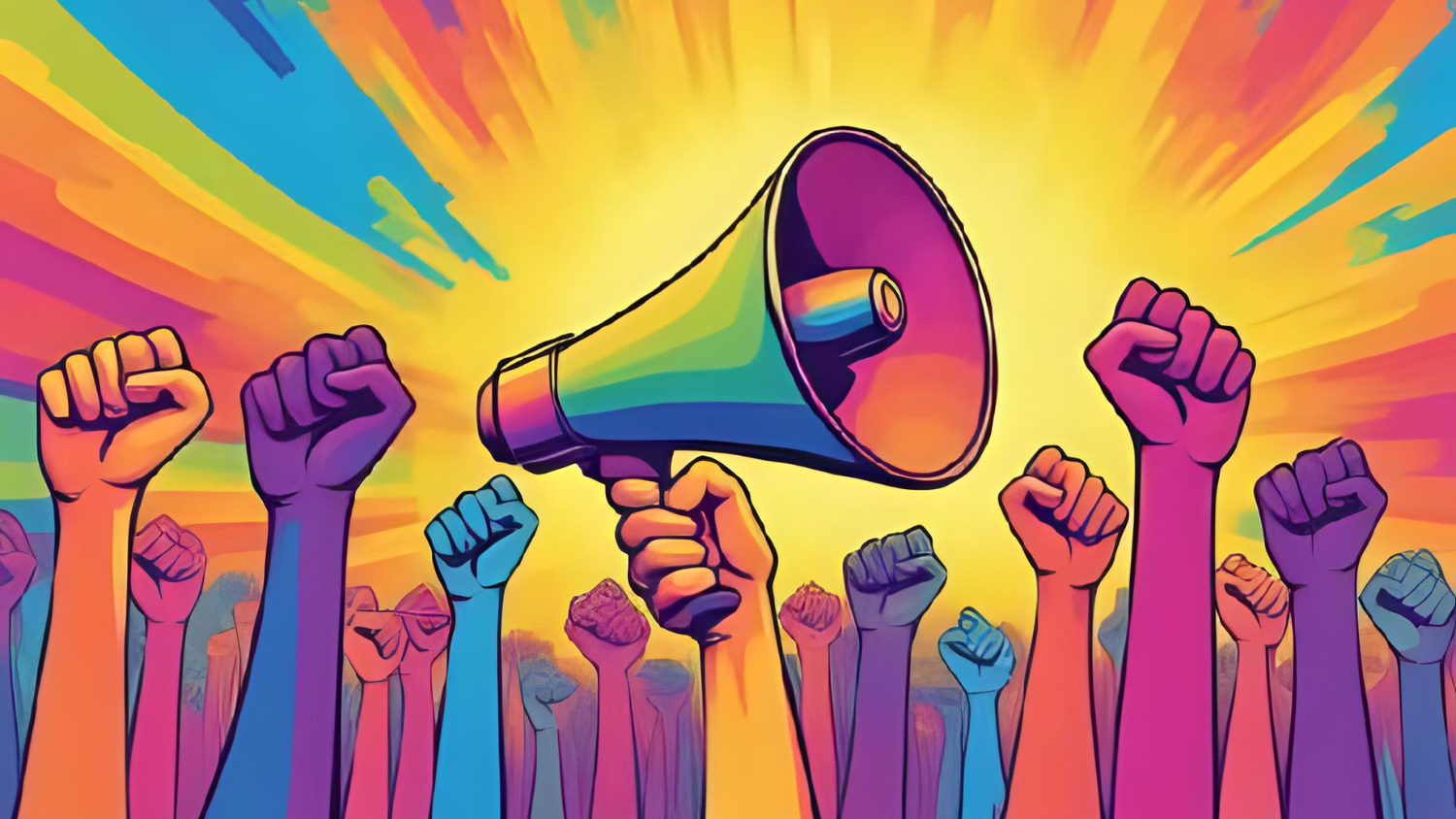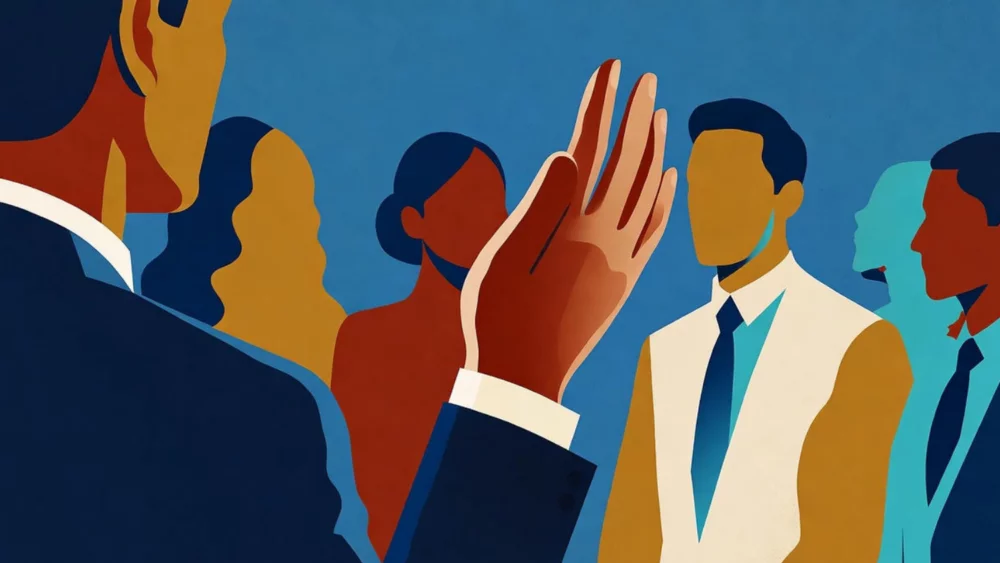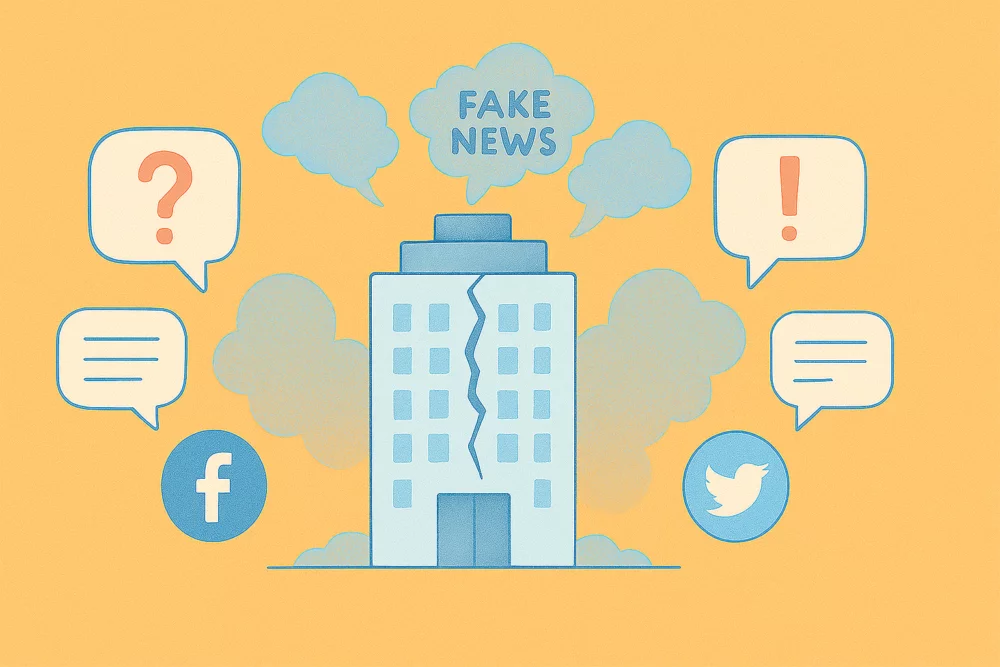This example illustrates a clear trend: social media has changed the rules of the game. “The current context of disintermediation in content production and distribution, combined with citizens’ search for meaning, encourages engagement and self-expression on platforms,” explains Xavier Brunschvicg, influence strategy specialist.
An organization’s reputation is now shaped in real time by the voices of its stakeholders. “Anyone today can become a potential media outlet—employees included,” notes Jeanne Houssin, Communications Director at Sodexo.
Towards a More Human-Centered Communication
This shift can be turned into an opportunity through employee advocacy. “We can define the term as all actions designed to encourage employees to become ambassadors for their company by sharing its content, values, or successes on their personal networks,” explains Xavier Brunschvicg.Indeed, content shared by an employee generates eight times more engagement than content published by a brand itself (Gitnux, 2025). This lever has therefore become a staple of many corporate communication strategies. “In my role as Communications Director, I’ve seen this practice professionalize in recent years,” says Houssin. “It’s become a real communication lever for the company,” adds Gauthier Curtil, Digital Communications Director at France Télévisions.
A distinction can be made between employee advocacy and leader advocacy. The latter relates to executives or public-facing figures—those who, by virtue of their position or visibility, are seen as spokespersons for the brand. The key difference, according to Xavier Brunschvicg, is that “leaders speak on topics that can go beyond the company’s scope. They take personal stances because of the role they hold.”
Nevertheless, the two approaches complement each other within ambassador strategies. At France Télévisions, employee advocacy is primarily driven by internal communications, while leader advocacy is developed by the digital communications team. “We work hand in hand to roll out these two pillars,” explains Gauthier Curtil.
For brands, this approach offers a major advantage: “It allows for more impactful communication through embodiment and personalization,” emphasizes Jeanne Houssin, “because human-centered messages capture more attention.” However, to ensure this lever’s effectiveness, authenticity must be preserved at all costs.
The Need to Let Go
According to Xavier Brunschvicg, the biggest risk in employee advocacy is “the industrialization of corporate bullshit.” For the founder of Clashman Corp, “when employees merely relay official communications, it’s artificial, bland, and emotionless. The impact isn’t great.” Used intelligently, however, this lever can amplify messages exponentially—but only if the brand learns to let go.A best practice is to foster internal dialogue and encourage critical feedback. Communicators should identify and train a group of employees, share the company’s communication strategy with them, and build trust. “Accepting to let go means accepting that employees will make the message their own and share it with their own opinions,” Xavier Brunschvicg continues. “It requires embracing contradiction to gain reach and impact. It forces sincerity—integrating criticism and encouraging real interaction.”
At Sodexo, Jeanne Houssin and her teams have built a global community of around 200 ambassadors, who receive training several times a year. “When the content is prefabricated, fake, and artificial, it doesn’t work,” she says. “But when someone posts a spontaneous, authentic photo with a genuine caption, engagement and impressions soar.”
Still, relying on employees and giving them more freedom of expression also means accepting a certain degree of what Jeanne Houssin calls employee activism.
Managing Employee Activism
Employee activism occurs “when a highly active employee starts sharing very strong—or problematic—opinions while being associated with the company on social media, especially on LinkedIn,” explains Jeanne Houssin. These opinions may concern polarizing topics such as the war in Ukraine, the Israel–Palestine conflict, or the climate crisis.Such situations force communication departments to reflect on their stance. Preventing employees from speaking on LinkedIn would infringe on personal freedom, yet on a professional platform, their words inevitably reflect on the company. “I don’t really see how this can be fully controlled,” admits Jeanne Houssin. According to Curtil, “it’s a topic that sometimes needs to be escalated to the legal department.”
Indeed, “the company shouldn’t intervene—it’s not its role,” agrees Xavier Brunschvicg, during his workshop on influence strategies, crises, and activist threats. “However, by setting up an employee advocacy program, there are ways to manage it constructively.”
One such approach is education. Jeanne Houssin believes companies must remain institutions of trust, not new arenas for division. “People need to understand that having a LinkedIn profile is a right—but it also comes with responsibilities and duties. The brand doesn’t belong to you, so you can’t say just anything in its name.”
Other measures include implementing codes of conduct or encouraging employees to reserve controversial opinions for their personal accounts. “Once someone becomes part of a leader advocacy program, they’re considered to be operating within a framework,” explains Gauthier Curtil. “They represent the colors of France Télévisions, so naturally, there are topics they can’t publicly comment on.”
Despite these challenges, the strategy retains its power and resonance. “One thing’s for sure,” concludes Gauthier Curtil, “if we tap into the collective strength of the group’s 9,000 employees, we can reach millions of people across France.”
But is employee advocacy equally effective for smaller companies? According to Xavier Brunschvicg, absolutely. “The smaller you are, the more you stand to gain,” he observes. “It’s an unlimited, infinite, and free audience.”







